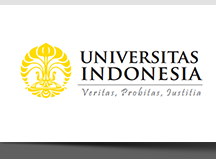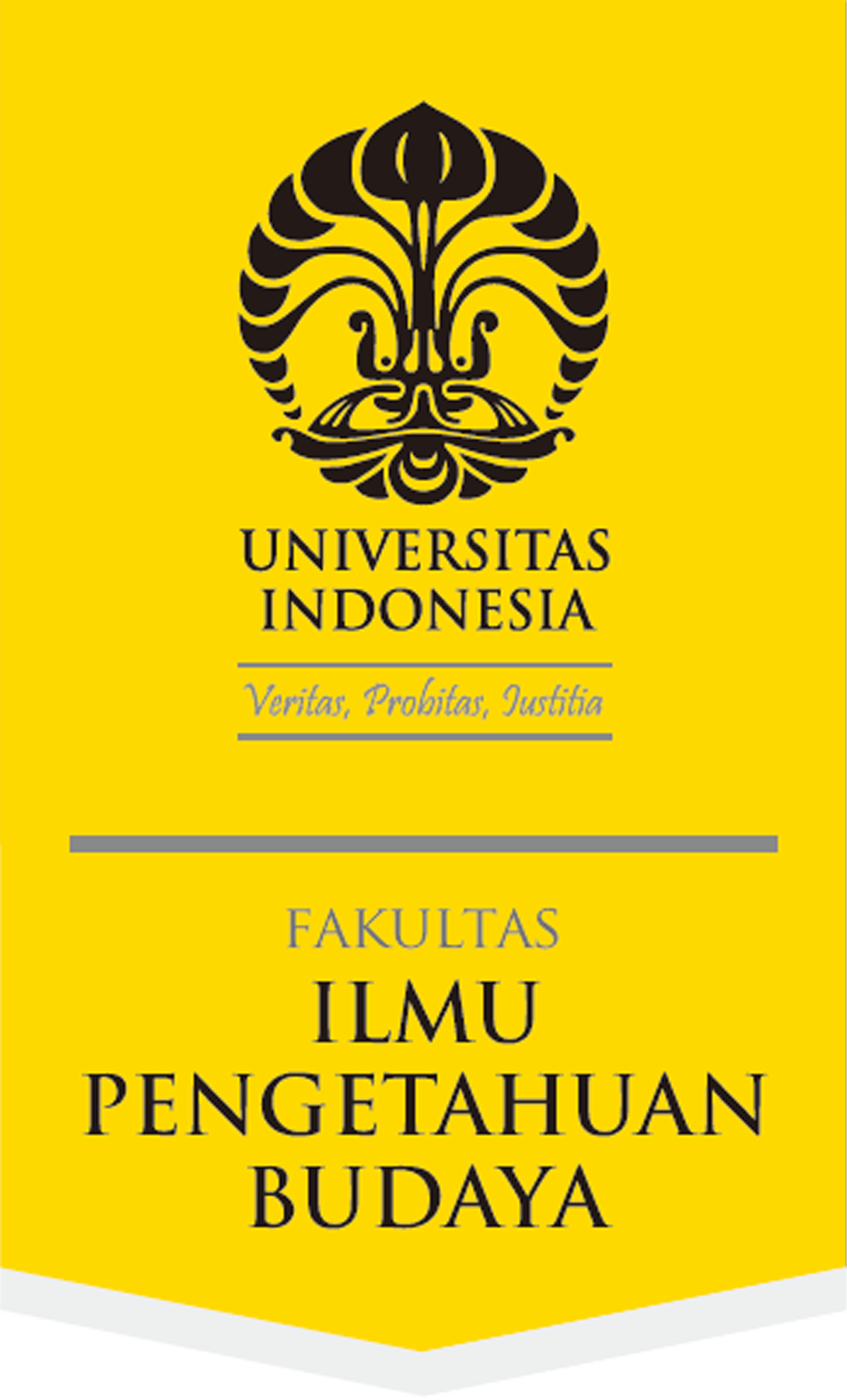Abstract
YouTube was used as a significant platform for public performances around the globe during the COVID-19 pandemic, including those given by contemporary and traditional artists and communities. Although this transference of public performance to virtual performance has meant challenges for traditional artists, it has also encouraged them to create new creative media spaces. Instead of confronting digital technology, some traditional artists compromise and negotiate with it. Through an ethnographic account of a performance in Tasikmalaya, West Java, this article describes how traditional artistic forms were preserved through a virtual-based art festival performed by the art community, Komunitas Cermin Tasikmalaya. Solidarity, collaboration, and networking were crucial elements in holding the online festival in which young people were the main actors in this participatory culture, which was widely disseminated through YouTube.
References
Abud, M. 2012. “Indonesia: new digital nation?” [Report.] Internews Center for Innovation and Learning.
Adams, R., S.M. Arisona, and S. Gibson. 2008. Transdisciplinary digital art: sound, vision and the new screen (1. Aufl., Vol. 7). Berlin/Heidelberg: Springer-Verlag.
Appadurai, A. 1990. “Disjuncture and difference in the global cultural economy“, Theory, Culture & Society 7(2-3): 295-310. [DOI: 10.1177/026327690007002017.]
Appadurai, A. 1996. Modernity at large cultural dimensions of globalization. Minneapolis, MN: University of Minnesota Press.
Bailey, C. and H. Gardiner. 2010. Revisualizing visual culture. Farnham: Routledge. [DOI: 10.4324/9781315606286.]
Bennett, S., K. Maton, and L. Kervin. 2008. “The ‘Digital Natives’ debate; A critical review of the evidence“, British Journal of Educational Technology 39. [DOI: 10.1111/j.1467-8535.2007.00793.x.]
Burgess, J. and J. Green. 2018. YouTube: online video and participatory culture; On digital media and society series. Second edition. Cambridge, UK: Polity Press.
Colson, R. 2007. The fundamentals of digital art. Lausanne: AVA Publishing.
Conquergood, D. 2002. “Performance studies; Interventions and radical research“, TDR: Drama Review 46(2): 145-156. [DOI: 10.1162/105420402320980550.]
Denzin, N.K. 2003. Performance ethnography: critical pedagogy and the politics of culture. Thousand Oaks, CA: Sage Publications.
Furht, B. 2009. Handbook of multimedia for digital entertainment and arts. First edition. New York, NY: Springer. [DOI: 10.1007/978-0-387-89024-1.]
Gardiner, H., and C. Gere. 2010. Art practice in a digital culture. Farnham: Ashgate.
Hellwig, J. 2005. “Jaipongan: the making of a new tradition”, in: Ben Arps (ed.), Performance in Java and Bali, pp. 59-70. London: Routledge.
Hine, C. 2000. Virtual ethnography. London: Sage Publications. [DOI: 10.4135/ 9780857020277.]
Holillah, I. 2017. “Religion, tradition, and transcendental communication of coastal communities; Formulation of religion and culture in the Nadran ritual”, Scientific Journal of PPI-UKM 4(1), 26-31.
Irawan, E., Ahmadi, A. Prianggono, A.D. Saputro, and M.S. Rachmandhani. 2020. “YouTube channel development on education; Virtual learning solutions during the Covid-19 pandemic“, International Journal of Advanced Science and Technology 29(4): 2469-2478.
Jenkins, H. 2008. Convergence culture: where old and new media collide. New York, NY: New York University Press.
Jenkins, Henry. 2009. Confronting the challenges of participatory culture. Cambridge, MA: The MIT Press.
Jurriëns, E. 2019. “The countryside in Indonesian contemporary art and media; From distant horizons to traversing drones”, Bijdragen tot de Taal-, Land- en Volkenkunde 175(4): 446-473.
Jurriëns, E. and R. Tapsell. 2017. Digital Indonesia: connectivity and divergence. Singapore: ISEAS-Yusof Ishak Institute.
Kozinets, R.V. 2010. Netnography: doing ethnographic research online. London: Sage Publications.
Kurnia, G. and A.S. Nalan. 2003. Deskripsi kesenian Jawa Barat. Bandung: Dinas Kebudayaan dan Pariwisata, Jawa Barat dan Pusat Dinamika Pembangunan, Unpad.
Lahpan, N.Y.K. 2015. Negotiating ethnicity and Islam in musical performances in West Java Indonesia. PhD thesis, Monash University.
Lahpan, N.Y.K. 2019. “Islamic musical forms and local identity in post-Reform Indonesia”, Bijdragen tot de Taal-, Land- en Volkenkunde 175(2-3): 284-308. [DOI: 10.1163/22134379-17502003.]
Luu, N.N., C.M. Yver, J.E. Douglas, K.K. Tasche, P.G. Thakkar, and K. Rajasekaran. 2021. “Assessment of YouTube as an educational tool in teaching key indicator cases in otolaryngology during the COVID-19 pandemic and beyond; Neck dissection”, Journal of Surgical Education 78(1): 214-231. [DOI: 10.1016/j.jsurg.2020.06.019.]
Margaryan, A., A. Littlejohn, and G. Vojt. 2011. “Are digital natives a myth or reality? University students’ use of digital technologies”, Computers & Education 56(2): 429-440. [DOI: 10.1016/J.COMPEDU.2010.09.004.]
Morris, C. 2010. “Digital diva: opera on video”, The Opera Quarterly 26(1): 96-119. [DOI: 10.1093/oq/kbq002.]
Olendo, Y.O., J.A. Dewantara, and Efriani. 2022. “Tradition, ritual, and art of the Baliatn; The conceptualization of philosophy and the manifestation of spirituality among the Dayak Kanayatn”, Wacana Vol. 23 No. 2: 491-518. [DOI: 10.17510/wacana.v23i2.1059.]
Purbo, O.W. 2017. “Narrowing the digital divide”, in: E. Jurriens and R. Tapsell (eds), Digital Indonesia: connectivity and divergence, pp. 75-92. Singapore: ISEAS-Yusof Ishak Institute. [DOI: 10.1355/9789814786003-011.]
Rohman, A., M. Mintarti, and N. Asyik. 2024. “Offering rituals (sesajen); Synthesis of religion and culture from the perspective of Islamic religious groups”, Jurnal Theologia 34(2): 199-220. [DOI: 10.21580/teo.2023.34.2.18157.]
Schefold, R. 2001. “Three sources of ritual blessings in traditional Indonesian societies”, Bijdragen tot de Taal-, Land- en Volkenkunde 157(2): 359-381. [DOI: https://doi.org/10.1163/22134379-90003812.]
Schreibman, S., R. Siemens, and J. Unsworth. 2008. A companion to digital humanities. Oxford: Wiley-Blackwell. [Series Blackwell Companions to Literature and Culture.]
Shukla, A. 2021. “COVID-19 pandemic; An analysis of popular YouTube videos as an alternative health information platform”, Health Informatics Journal 27(2). [DOI: 10.1177/1460458221994878.]
Simanowski, R. 2011. Digital art and meaning; Reading kinetic poetry, text machines, mapping art, and interactive installations. Minneapolis, MN: University of Minnesota Press.
Slama, M. 2017. “Social media and Islamic practice; Indonesian ways of being digitally pious”, in: E. Jurriens and R. Tapsell (eds), Digital Indonesia: connectivity and divergence, pp. 146-162. Singapore: ISEAS-Yusof Ishak Institute. [DOI: 10.1355/9789814786003-015.]
Zebracki, M. and J. Luger. 2019. “Digital geographies of public art; New global politics”, Progress in Human Geography 43(5): 890-909. [DOI: 10.1177/0309132518791734.]
Interviews
- Ahmansya Timutiah (Acong), a leader of Komunitas Cermin Tasikmalaya (KCT), at KCT Office Tasikmalaya, 31-12-2018, 28-05-2021.
- Harniwan, a cultural activist, at the festival venue, 28-12-2020.
Recommended Citation
Lahpan, Neneng Yanti Khozanatu
(2025)
"A virtual art festival in West Java; Participatory culture during the pandemic,"
Wacana, Journal of the Humanities of Indonesia: Vol. 26:
No.
1, Article 7.
DOI: 10.17510/wacana.v26i1.1822
Available at:
https://scholarhub.ui.ac.id/wacana/vol26/iss1/7









